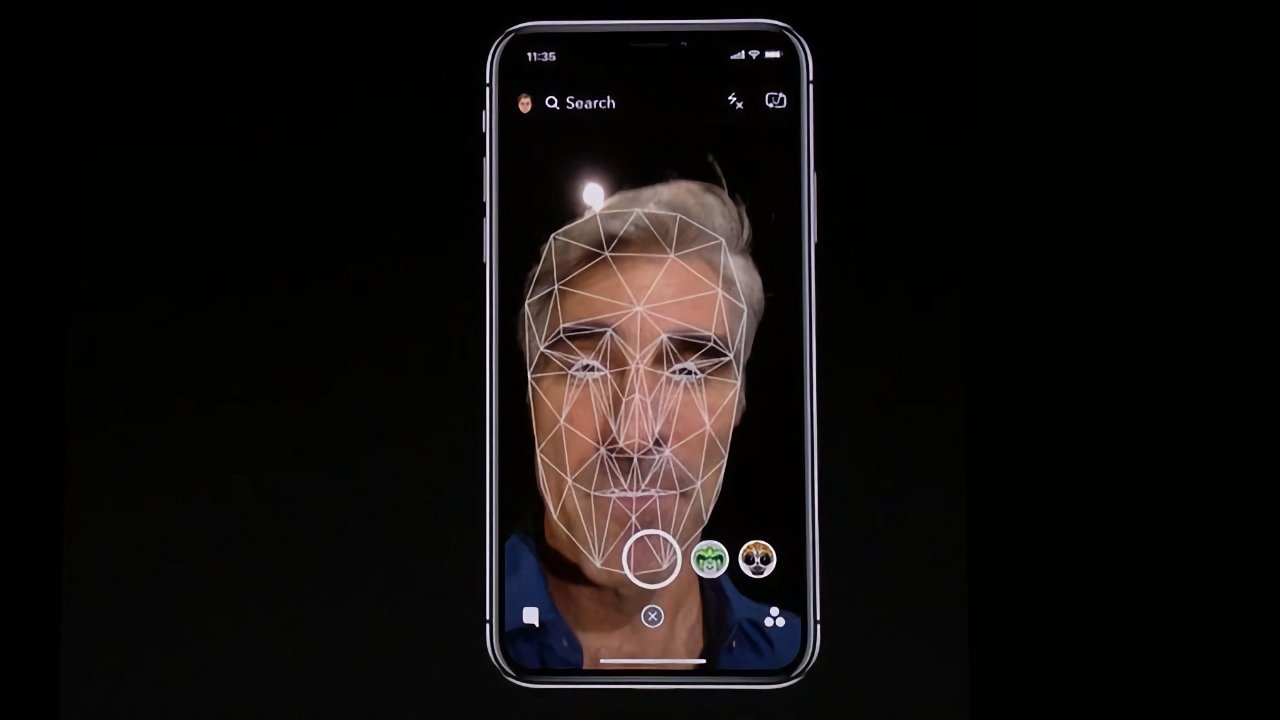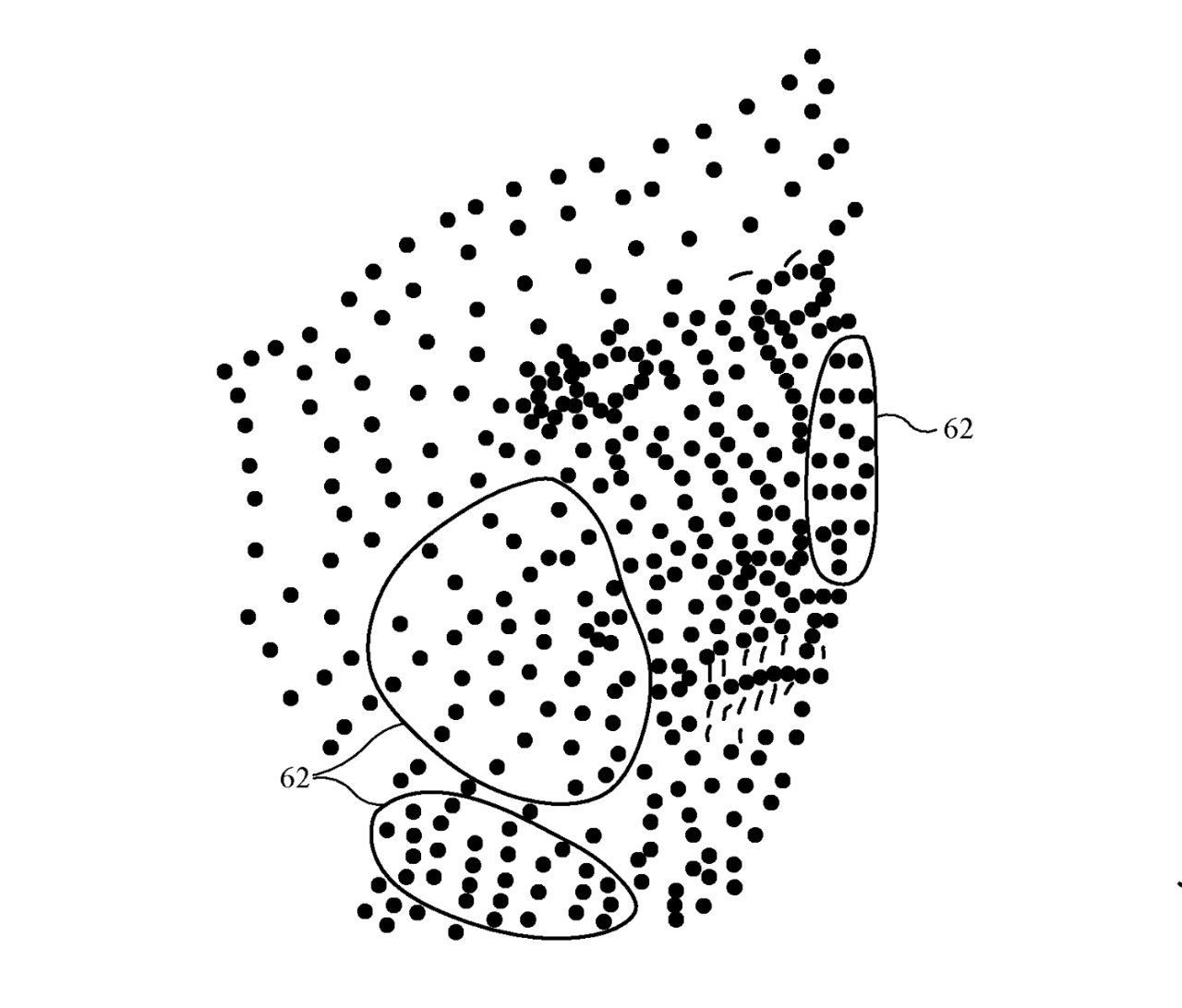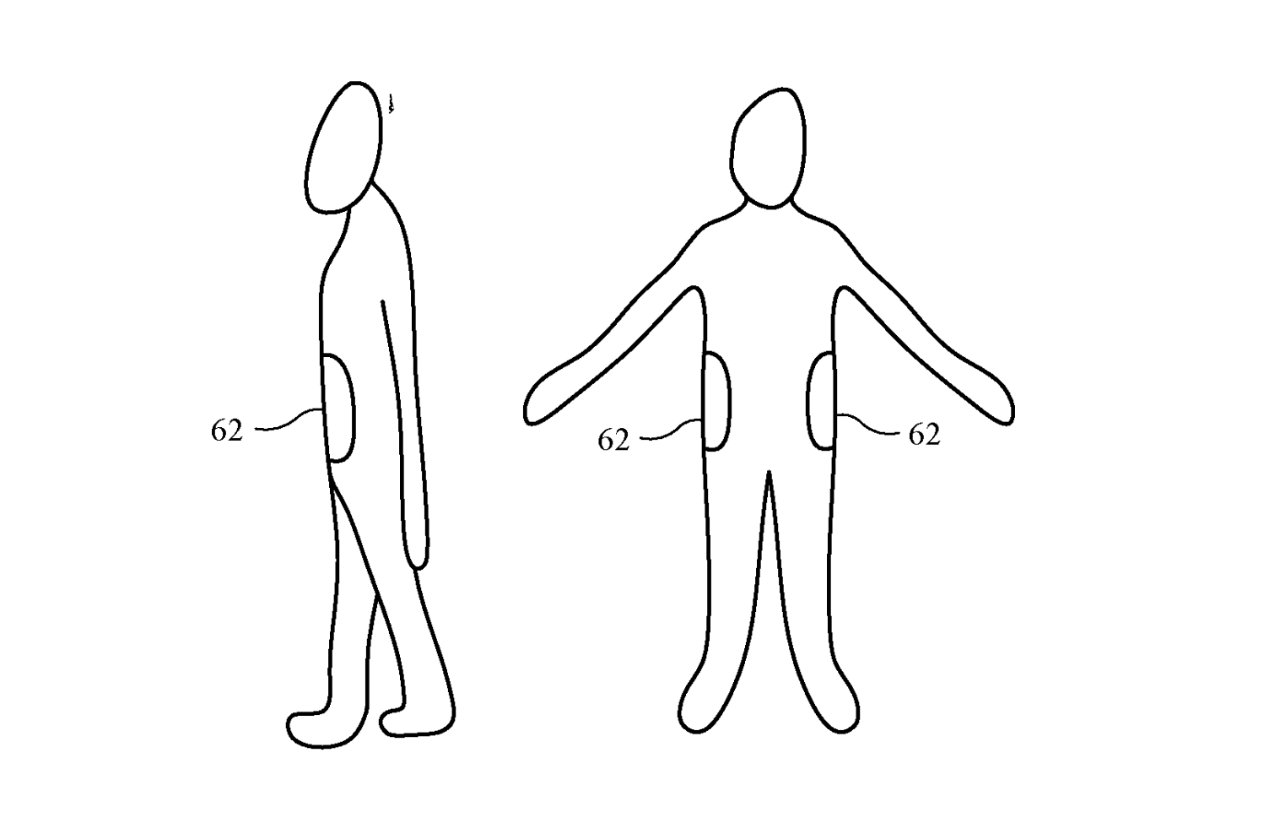Future Apple 'Body ID' could increase health awareness, offer diet advice
Apple is looking beyond Touch ID and Face ID to a future system where a user's entire body can be scanned to confirm identity and perform health analysis.

The patent application makes no mention of hair recognition
Newly-revealed patent application, "Electronic Devices with Body Composition Analysis Circuitry," describes a device like an iPhone that has can perform such scans and then depending on the results, provide "targeted content" that is of "the benefit of users."
That's a nice way of saying when you put on weight, your iPhone is going to tell you about it. But if that is one use of technology Apple is proposing, most of it is to do with utilizing whole body image data for various functions, including identification.
It doesn't sound as fast or convenient as Face ID, but the technology could be used at first by a separate, large scanner, or an iPhone taking photos of portions of the body.
"For body images, image data may be captured by scanning the body from head to feet," says Apple, "by capturing the entire body in one image frame, and/or by capturing multiple image frames of different parts of the body such as the face, neck, waist, legs, etc."
"The body image data may include a front body view and a side body view," it continues. "The image data may also be captured in a sequence of images, such as those from a video taken while the subject is breathing and/or moving."
So an initial scan of a user's body can be taken, and then later just portions be compared to the user. "Because body fat tends to be stored in certain fat pockets such as regions in the cheeks and neck, those regions may be more indicative of body composition than other regions," says Apple.

The new patent application is an extension of Apple's Face ID work
"For example, the shape of a user's forehead may exhibit little variation as a user's body fat changes," it continues, "whereas portions of the cheeks and neck may exhibit detectable changes that directly correlate to changes in body composition."
If enough people take body scans, there can be a further health benefit to us all. "For example, data may be collected from a group of participants (e.g., ten participants, fifty participants, one hundred participants, one thousand participants, and/or any other suitable number of participants)," says Apple," over a given period of time (e.g., one month, two months, three months, six months, eight months, ten months, a year, more than a year, less than a year, etc."
"At each point of data collection during the study, the study participant's face and neck shape and size may be measured and the user's body composition may be measured," it continued.
As ever with patent applications, the text aims to cover as broad a range of uses as conceivable, while not tying it down to too many specific examples. The purpose of the patent application is to describe how something may be achieved, not what can then be done with the result.

Detail from the patent concerning how front and side scans may be used, as in gait analysis
"For example, the personal information data can be used to deliver targeted content that is of greater interest to the user," says Apple's main note about use cases. "For instance, health and fitness data may be used to provide insights into a user's general wellness, or may be used as positive feedback to individuals using technology to pursue wellness goals."
In other words, no snacking.
The invention is credited to five inventors, including Gopal Valsan and Thilaka S. Sumanaweera.
Read on AppleInsider

The patent application makes no mention of hair recognition
Newly-revealed patent application, "Electronic Devices with Body Composition Analysis Circuitry," describes a device like an iPhone that has can perform such scans and then depending on the results, provide "targeted content" that is of "the benefit of users."
That's a nice way of saying when you put on weight, your iPhone is going to tell you about it. But if that is one use of technology Apple is proposing, most of it is to do with utilizing whole body image data for various functions, including identification.
It doesn't sound as fast or convenient as Face ID, but the technology could be used at first by a separate, large scanner, or an iPhone taking photos of portions of the body.
"For body images, image data may be captured by scanning the body from head to feet," says Apple, "by capturing the entire body in one image frame, and/or by capturing multiple image frames of different parts of the body such as the face, neck, waist, legs, etc."
"The body image data may include a front body view and a side body view," it continues. "The image data may also be captured in a sequence of images, such as those from a video taken while the subject is breathing and/or moving."
So an initial scan of a user's body can be taken, and then later just portions be compared to the user. "Because body fat tends to be stored in certain fat pockets such as regions in the cheeks and neck, those regions may be more indicative of body composition than other regions," says Apple.

The new patent application is an extension of Apple's Face ID work
"For example, the shape of a user's forehead may exhibit little variation as a user's body fat changes," it continues, "whereas portions of the cheeks and neck may exhibit detectable changes that directly correlate to changes in body composition."
If enough people take body scans, there can be a further health benefit to us all. "For example, data may be collected from a group of participants (e.g., ten participants, fifty participants, one hundred participants, one thousand participants, and/or any other suitable number of participants)," says Apple," over a given period of time (e.g., one month, two months, three months, six months, eight months, ten months, a year, more than a year, less than a year, etc."
"At each point of data collection during the study, the study participant's face and neck shape and size may be measured and the user's body composition may be measured," it continued.
As ever with patent applications, the text aims to cover as broad a range of uses as conceivable, while not tying it down to too many specific examples. The purpose of the patent application is to describe how something may be achieved, not what can then be done with the result.

Detail from the patent concerning how front and side scans may be used, as in gait analysis
"For example, the personal information data can be used to deliver targeted content that is of greater interest to the user," says Apple's main note about use cases. "For instance, health and fitness data may be used to provide insights into a user's general wellness, or may be used as positive feedback to individuals using technology to pursue wellness goals."
In other words, no snacking.
The invention is credited to five inventors, including Gopal Valsan and Thilaka S. Sumanaweera.
Read on AppleInsider


Comments
I'm a little surprised that a company like Amazon hasn't already produced a whole body 3D depth sensor so that I can scan myself to get clothes with a adequate fit (or a perfect fit for made to measure garments). Something that could be mounted on a TV which allows you to see the model on its screen (through a Fire Stick) so the image composition is correct.
I know that Huawei and one of Elon Musk's companies are working on different body/device interfaces too.
Personally, I think 'smell' could be an area with vast health consequences so any consumer device capable of interpretating the molecules related to smell would be great.
Maybe years off, but at some point, our toilets too are going to play an active role in our daily health. I mean apart from asking us to eat less vindaloos and beer!
Time for Jony to come back and design a gleaming white Apple Bog.
https://www.cnet.com/health/amazon-halo-will-now-scan-your-body-to-improve-flexibility/
https://www.theverge.com/circuitbreaker/2018/1/3/16844300/amazon-patent-mirror-virtual-clothes-fashion
I've thought a real Apple TV was needed and those examples are good reasons to support that kind of device.